There was a time when literally the only way to connect to a moving company was to call their landline, leave a message on their answering machine, and wait for a call back. And if your couch didn’t end up fitting in your new house, you just had to deal with it and check it off your inventory list with a literal pencil. This wasn’t even that long ago.
Fortunately, times have changed, and technology has improved the way we find a new home and move into it. Here are seven ways technology has forever changed the moving industry.
1. Tour your new home without having to actually be there
This used to be fantasy, but now it’s almost an expected feature. And it’s getting crazier.
Virtual reality (VR) technology has totally changed the home buying process. Goldman Sachs estimates that by 2025, around 1.4 million realtors will be using this technology. With the help of technologies like 360 and 3D professional photography, people routinely see a home in its entirety before ever setting foot on the property.
360 photography
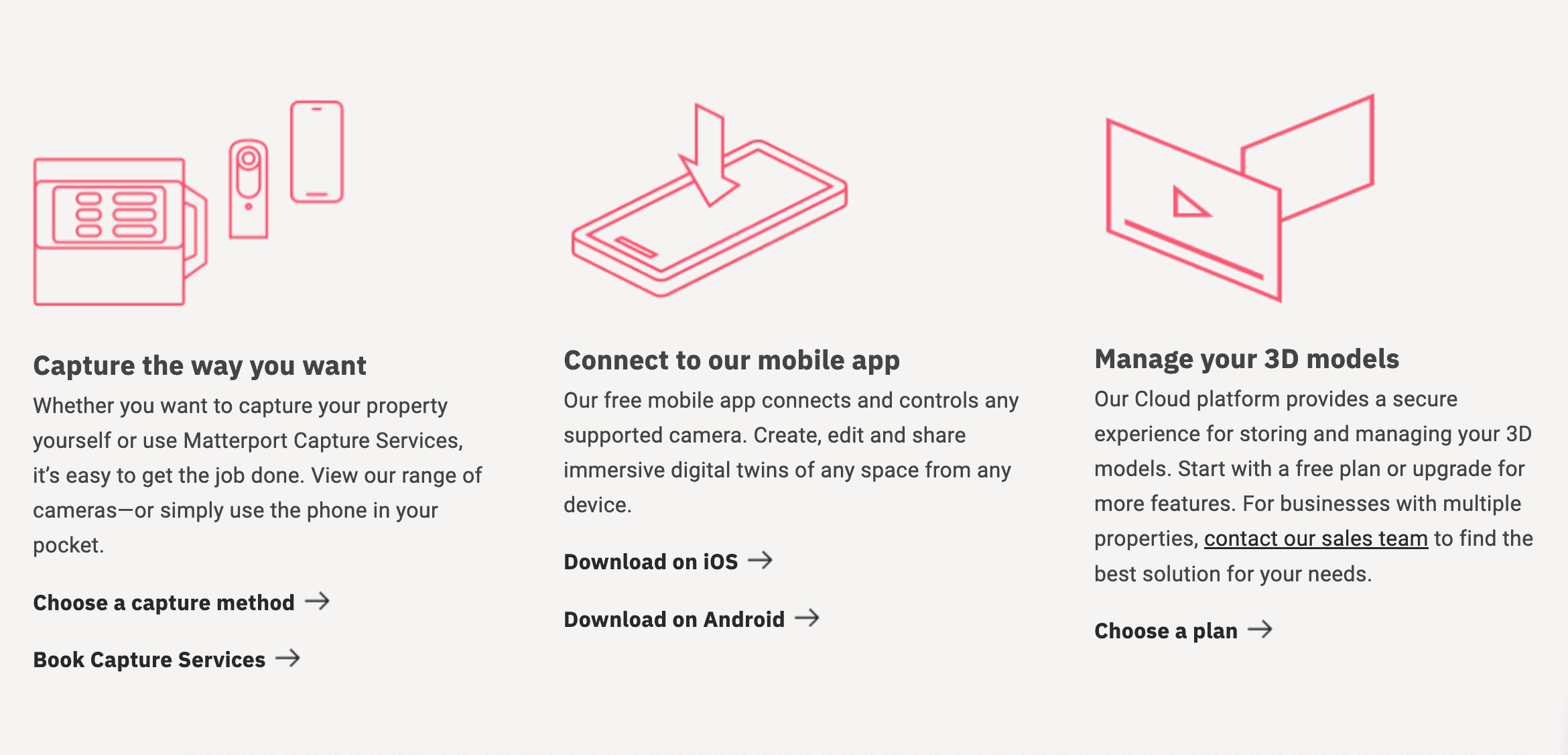
Virtual tour software platforms like Matterport allow photographers to photograph, tag, and measure properties they want to show off online. A link is generated and uploaded to the listing on the real estate company website, which can be sent to any interested party. This is awesome if you’re a buyer; you can take the time to do a virtual walk-through of the home you are thinking of buying without ever stepping foot inside.
Drone photography and videography
Drone photography and videos have impacted real estate almost as much as any other business. Not only are you able to clearly see a home and yard from any screen in the world, but you can also check out the neighbors’ lawns, roads, and even alleys in the surrounding area. This gives a virtual buyer much more context into the neighborhood and surrounding areas when deciding whether or not to make an offer.
AR and VR technology
Augmented reality (AR) and VR use similar technology in very different ways. Where VR uses headsets to give the impression you are somewhere else, AR adds to what you can already see! It can work with the camera and apps on your phone to overlay information literally on top of what you see in front of you (like in Star Trek, though maybe not quite as cool yet).
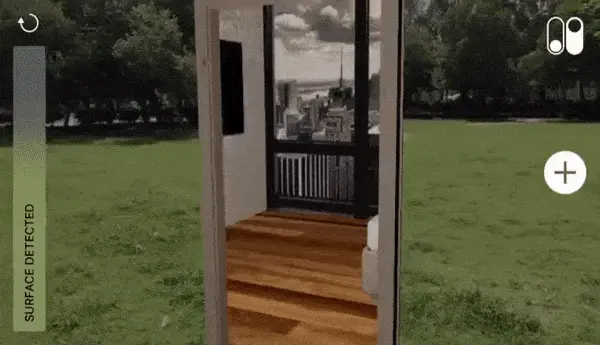
For homebuyers, this means realtors can often facilitate highly realistic virtual walkthroughs of spaces for cross-country buyers. Homes can also be staged using AR to reduce actual staging costs and logistics. In addition, design apps sometimes use VR and AR technology to help you virtually “move in” and decorate your space so you have a plan before your actual move.
2. Scope out everything about a neighborhood from the comfort of home
In our current data-driven and highly social world, there are many ways to research the safety, functionality, and friendliness of an area so you know which neighborhoods are most ideal for your move.
Neighborhood accessibility
With basic apps like Google Maps, you can get real-time data on the roads, restaurants, and shops in your new neighborhood. You can use it to map traffic flow on routes you will need to travel most like to the school for drop off or work. Learn the best routes and the best time of day to travel them to reduce traffic-related headaches — hopefully.
Crime statistics
Learn about the safety of your new neighborhood with apps and websites like Citizen and City Protect. City Protect offers police reports, public record requests, and more. Some features of both apps are free. Family Watchdog is a free app that provides publicly available information about sex offenders in your area. (Be warned that there is a fee for detailed reports through the app.)
Neighborhood vibe apps
Believe it or not, there is more to a neighborhood than traffic routes and crime stats! Neighborhood Scout is a subscription-based app that focuses on real estate in a particular area and provides a profile using 600 characteristics.
AreaVibes is an app that has crime stats, but that also provides a big picture of your future neighborhood based on seven main factors: crime rate, amenities, cost of living, education, employment, housing, and user ratings. It then compares that against a national average to give you a composite picture of your potential new neighborhood. It even offers a custom search function that sets it apart from similar apps, which allows users to access the information most relevant to them.
3. The rise of public reviews for professional movers
Consumer reviews have become increasingly more social in recent years with the ubiquity of Facebook, Yelp and others.
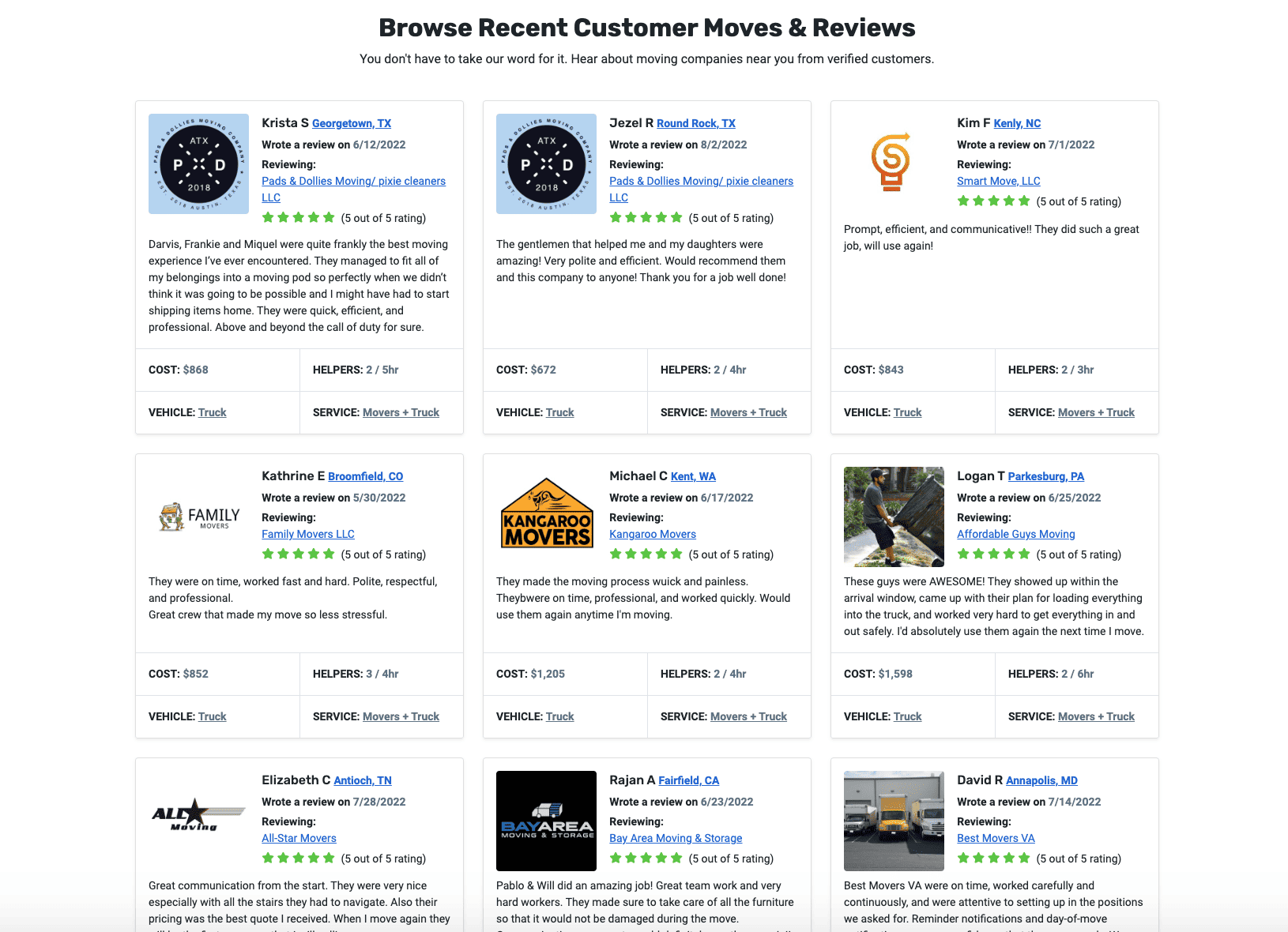
Local moving companies have been impacted by this change tremendously. Almost more than any other type of old-school business model, movers used to exist on the strength of personal recommendations; but now that info is available at scale, and with the client in the driver’s seat. One hour of research is enough to skim reviews of 10 or more service providers that could do your move, so you can choose the one that best suits your needs.
Sites like Yelp, Facebook, and HireAHelper shed light on the movers that make moving day actually manageable.
Note: Anyone can leave a review on Yelp or social media, but it’s worth noting that HireAHelper verifies all reviews, meaning that all public reviews are guaranteed to have actually, you know… really happened!
4. Accurate (and free!) moving quotes online, without needing a walk-through
Newer moving companies have streamlined the quote process that your grandparents used to use.
Your inner introvert will be happy to hear you can get free moving quotes entirely online these days. Virtual quoting allows you to enter the basic information of your move online and instantly get moving quotes for free (plus, you even get to read the reviews for each mover).
We especially don’t miss the part where you cross your fingers for a quote that doesn’t break the bank after the company is already at your house… who has time to start over at that point?
If you have any doubts or concerns about your quote, HireAHelper can quickly ballpark your moving needs over the phone with just a couple of questions (not a whole freaking tour). On top of that, many movers offer live video chats over Facetime or ZOOM to ensure they have a clear picture of your needs so there are no expensive surprises at the end of your move.
5. Design your new place from your phone

Many buyers spend hours planning where their furniture will go in their new home, as well as what new décor they’ll need to buy to fit into a different (and often bigger) space.
Smartphones have made this step substantially easier, especially for those moving cross-state or cross-country. There are apps like Planner 5D and Homestyler that allow you to scan a room with your smartphone to save its dimensions and openings. Add in windows with the swipe of your finger, and you have a virtual mockup for your new life.
Not only does this allow movers to skip the tape measure pressure during their inspection, but it also can save precious time and back strain that used to come with arranging and rearranging. Even better, you can access room designs while you’re out and about furniture shopping!
6. Virtual checklists (and “checklist services”)
Virtual moving checklists like Porch’s Home Assistant allow you to ditch your moving to-do list and track all of your pending items in one shareable dashboard, from ordering home insurance to filing your change of address form.
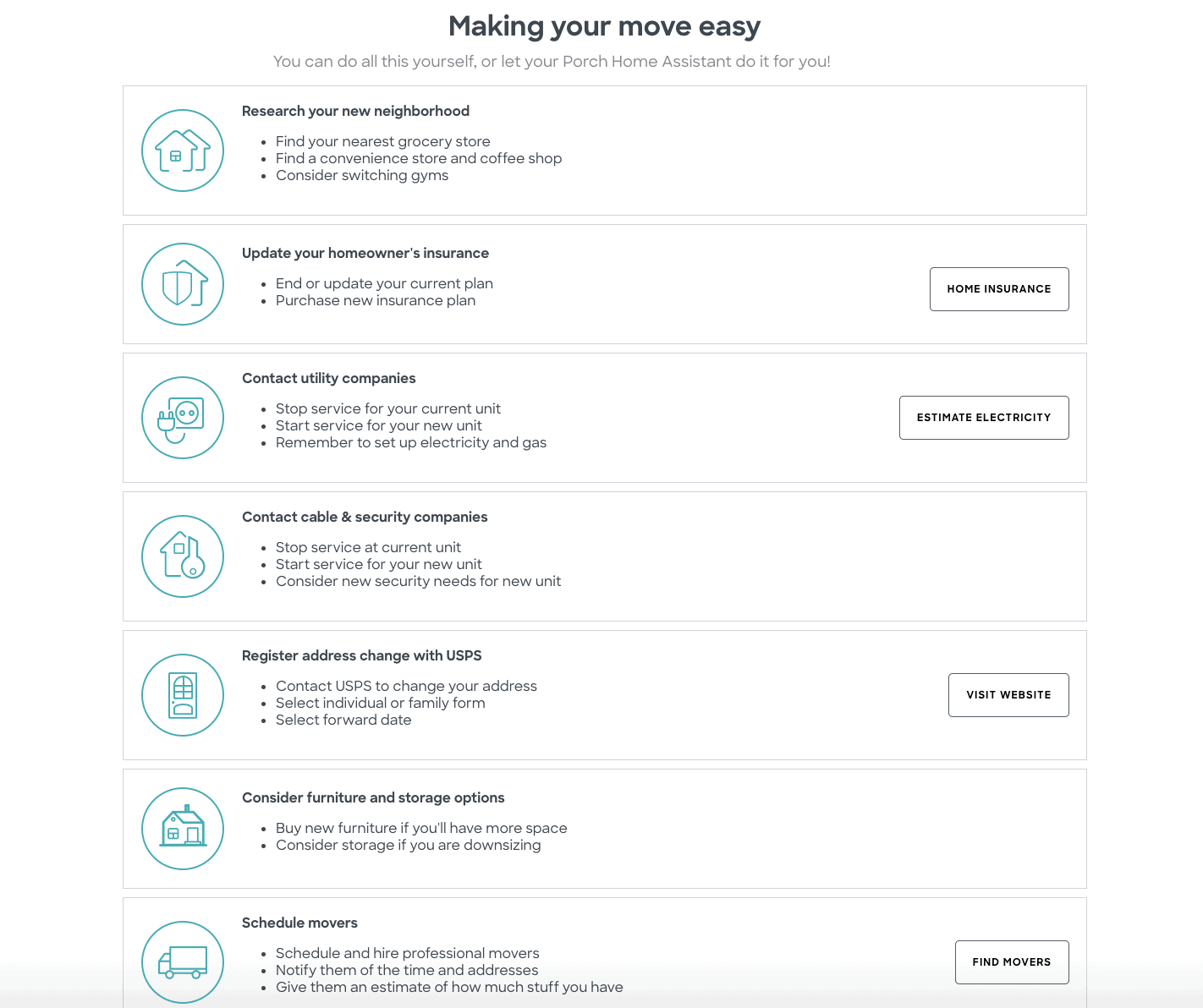
Not only does this mean no more paper to-do lists that will inevitably get lost, but it also means there are fewer chances for crucial steps to slip through the cracks. (Nobody likes arriving at their new place just to realize that they forgot to get their internet set up.)
7. GPS trackers on moving trucks
GPS technology has been around for a long time, which is why it’s become easier than ever for movers and moving companies to buy inexpensive trackers to avoid losing track of valuables, entire boxes, and even the moving trucks themselves.
For individuals and families booking their own moving truck, a GPS can help ensure a thief can’t run off with your expensive rental and disappear. You can also use more localized Bluetooth technology to tag boxes that have valuables in them in case they get misplaced within range.
Not to mention, companies now provide more realistic updates for moving companies that are providing long-distance moving services. Can you believe people used to stand around and wait for weeks for their stuff to arrive? Yikes.

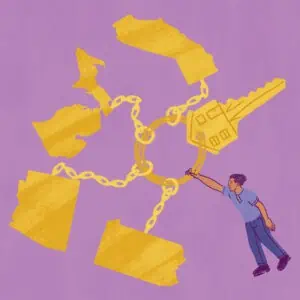 Even though home prices have been falling for the
Even though home prices have been falling for the 